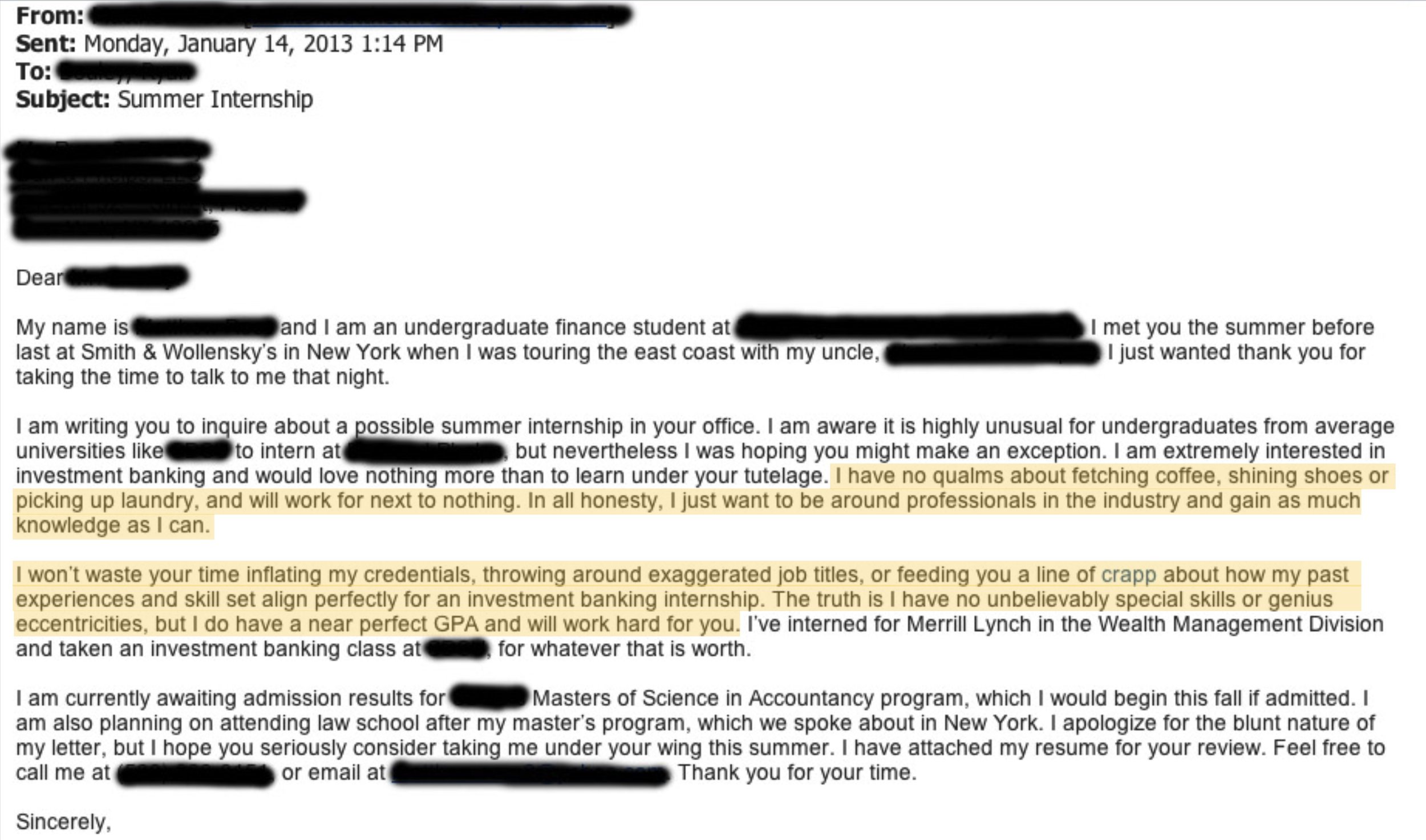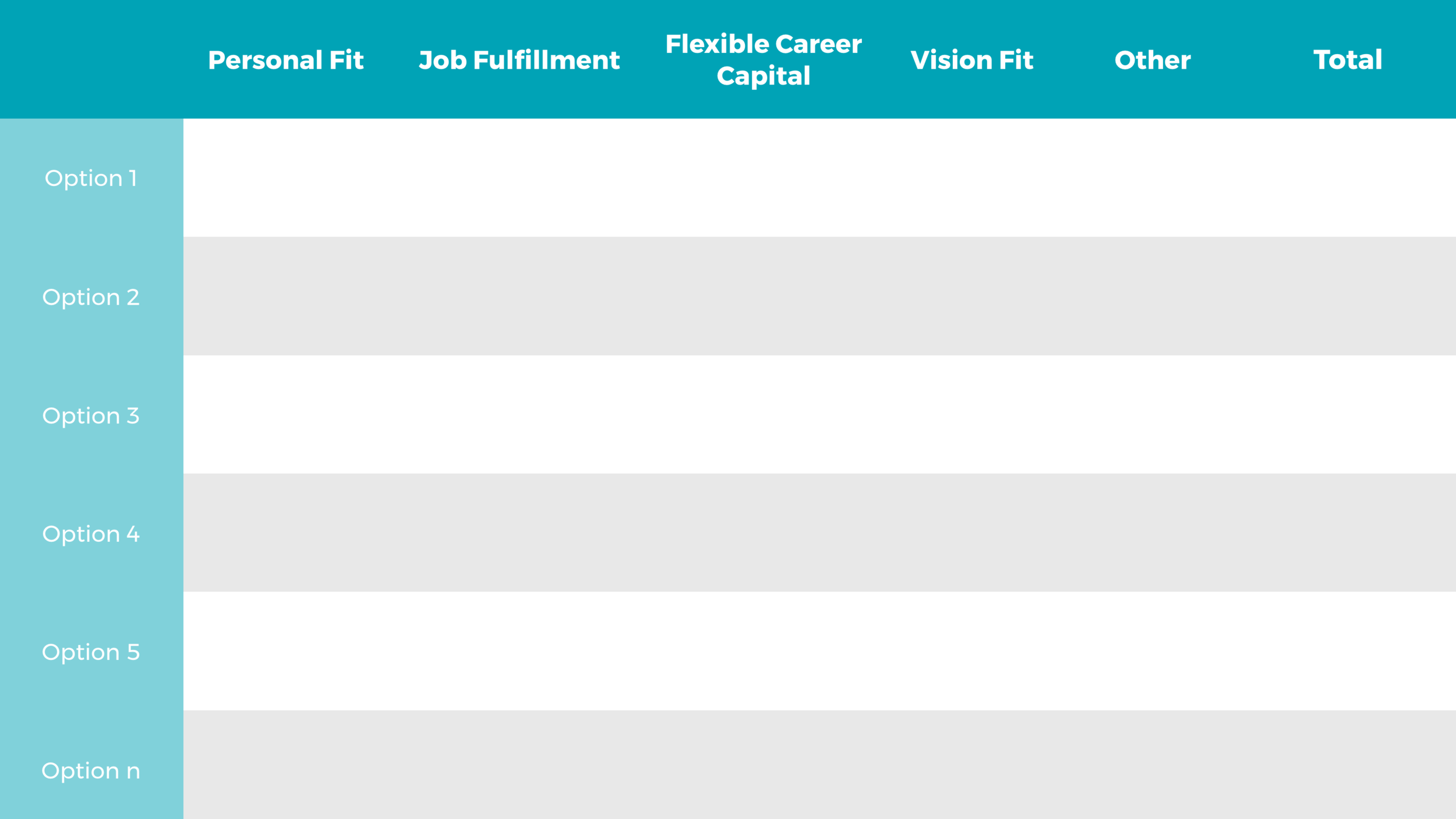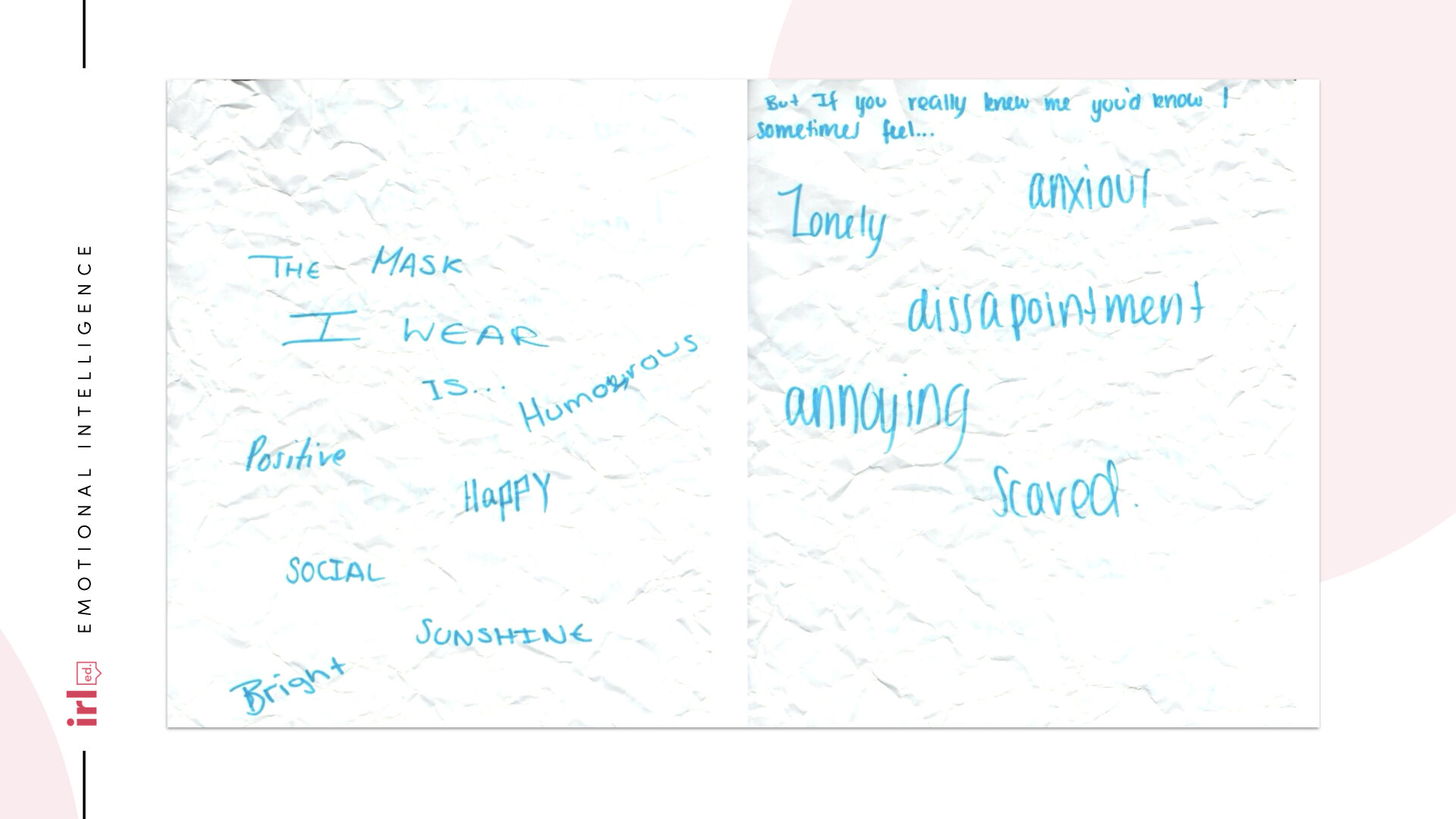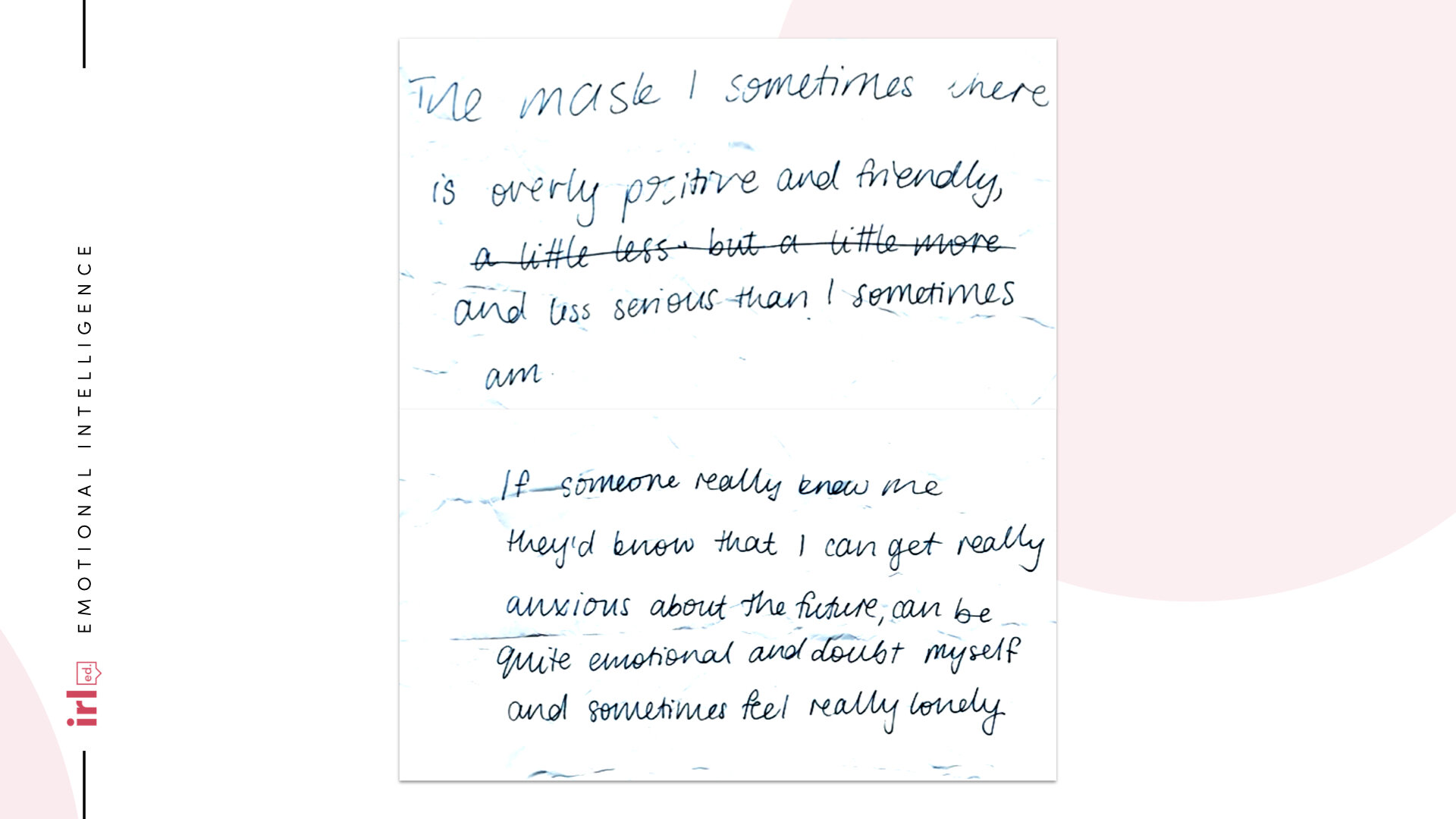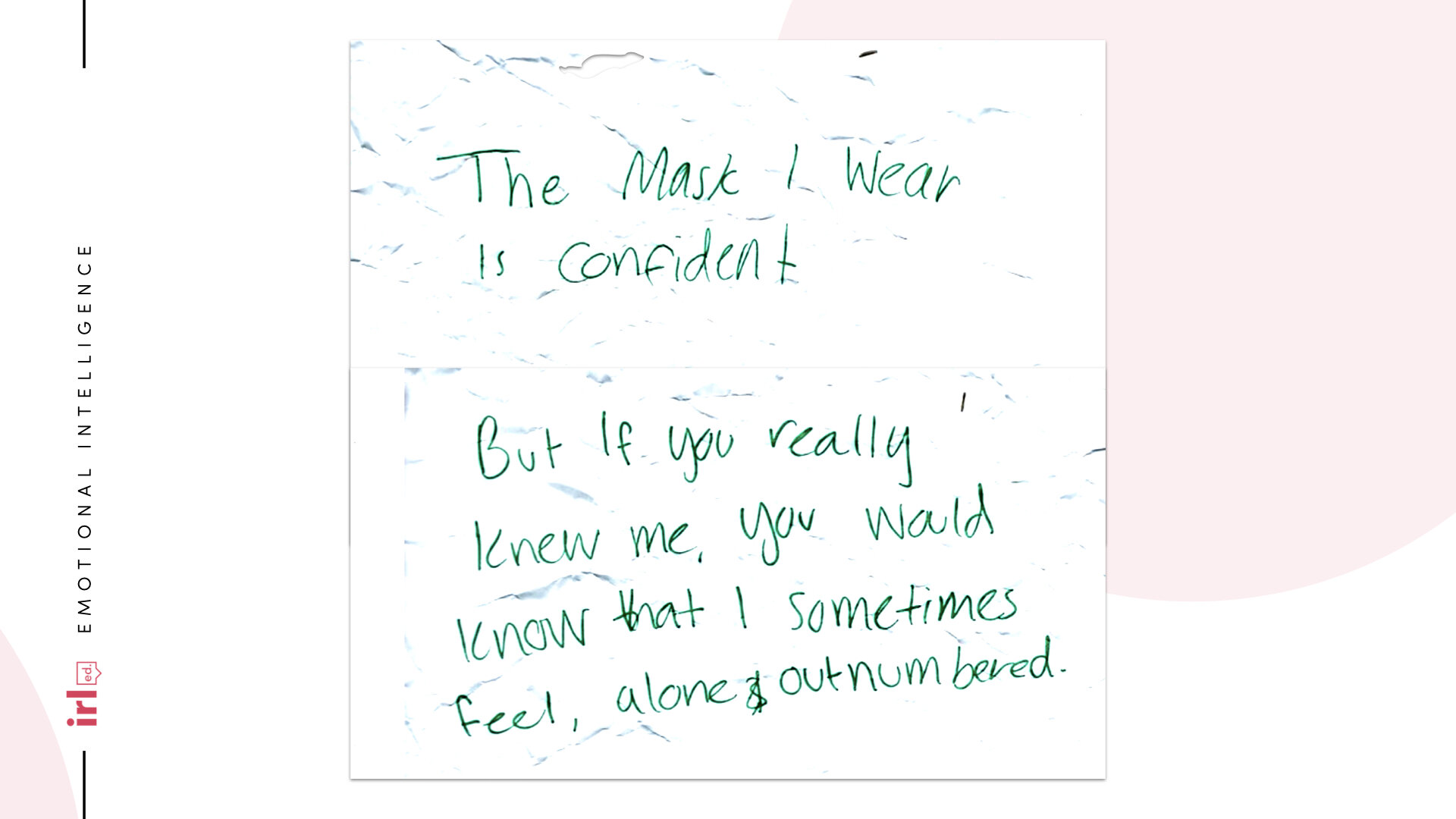CAREERS
Today's students will work an average of 17 jobs over 5 careers
‘So what are you doing after the HSC?’
It's a question your students are no doubt sick of hearing. Pressure from parents, their peers and school is unrelenting, but what would really help students is some practical advice from someone who’s been through it recently.
Our ‘Careers’ course is designed to achieve a few things. Firstly to give students a practical framework for helping them make decisions. Secondly, to relieve some of the pressure they feel by sharing the often meandering paths others have taken that have nevertheless lead to success. And thirdly, to start a conversation about some of the bigger questions we need to discuss about the world of work, including;
- What makes a good job?
- What's the relationship between money and happiness?
- What do I do if I don’t know what to do?
- How do I manage a career?
- How do you be good at a job?
- What qualities are employers looking for?
- How do I nail a job interview?
The ‘jobs for life’ of 30 years ago don’t exist anymore. Students’ careers will be characterised by disruption and change like never before. We emphasise the importance of building skills, connections and credentials that are flexible if and when students change their minds about what they want to do in the future, and show them how.



